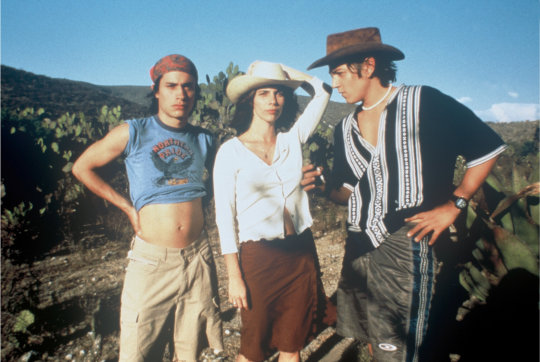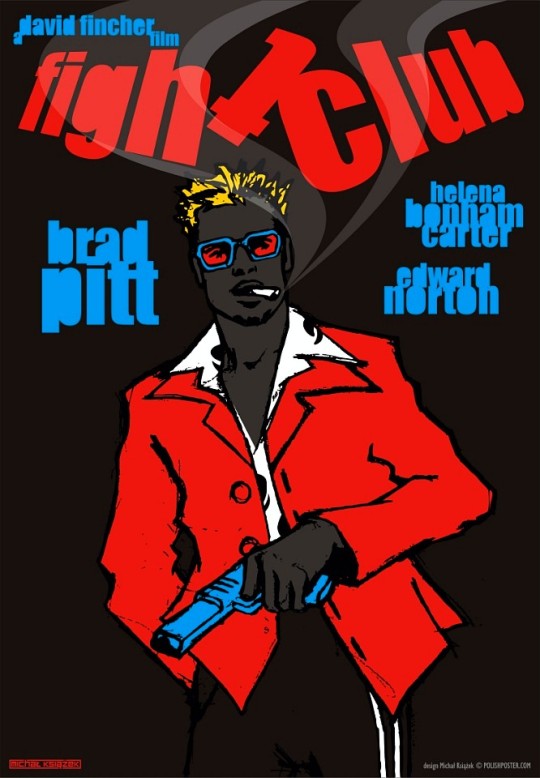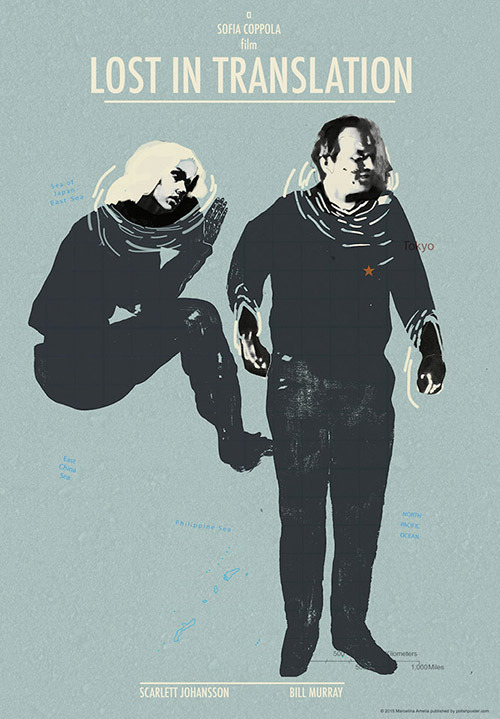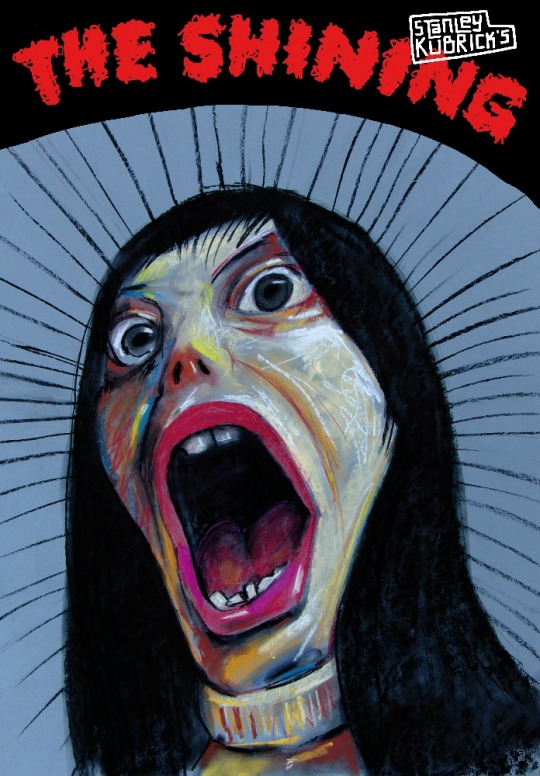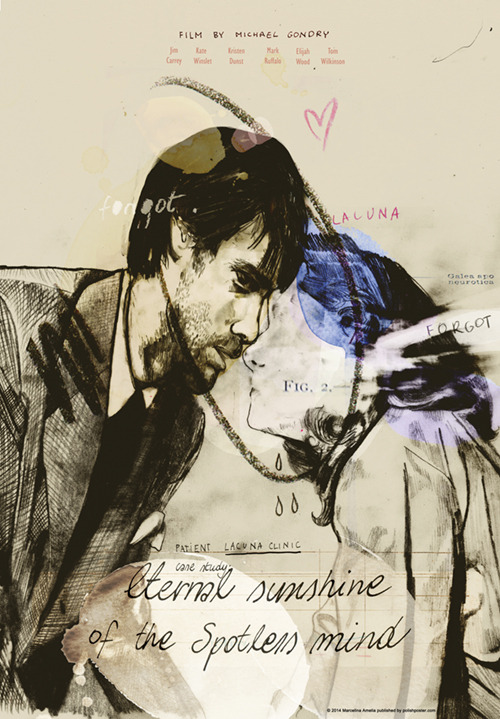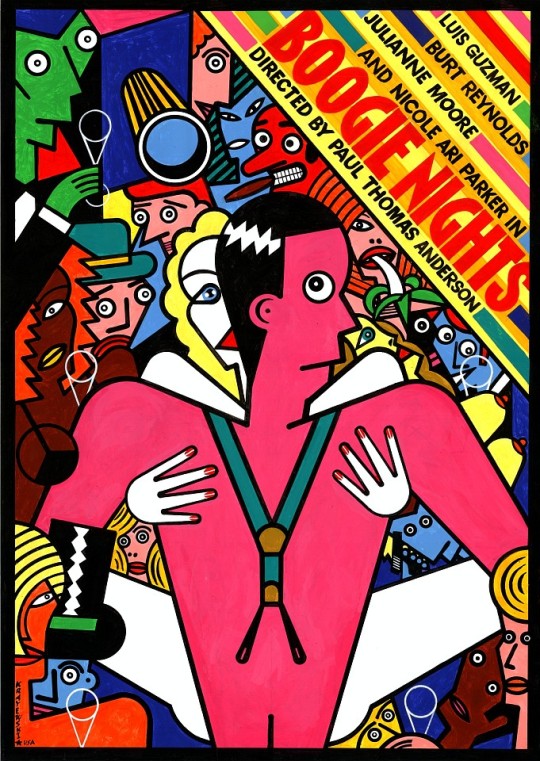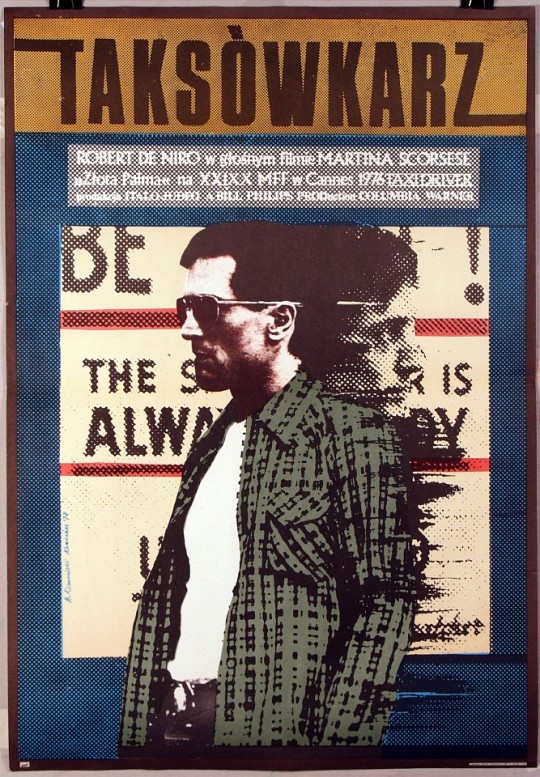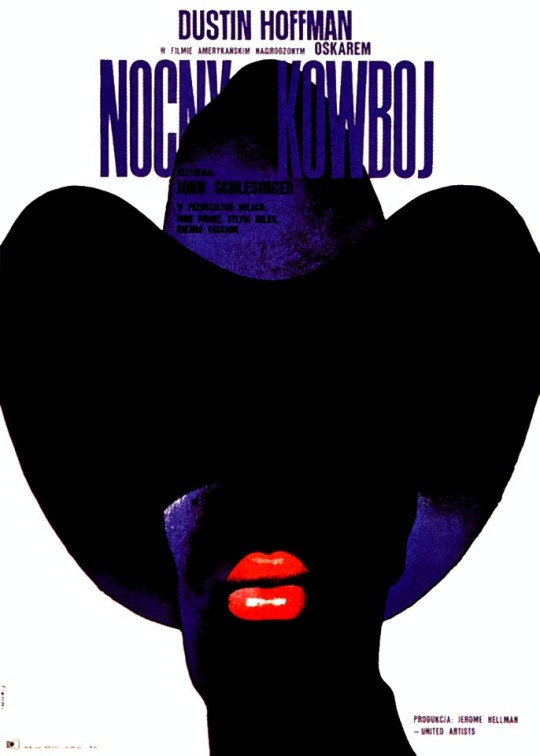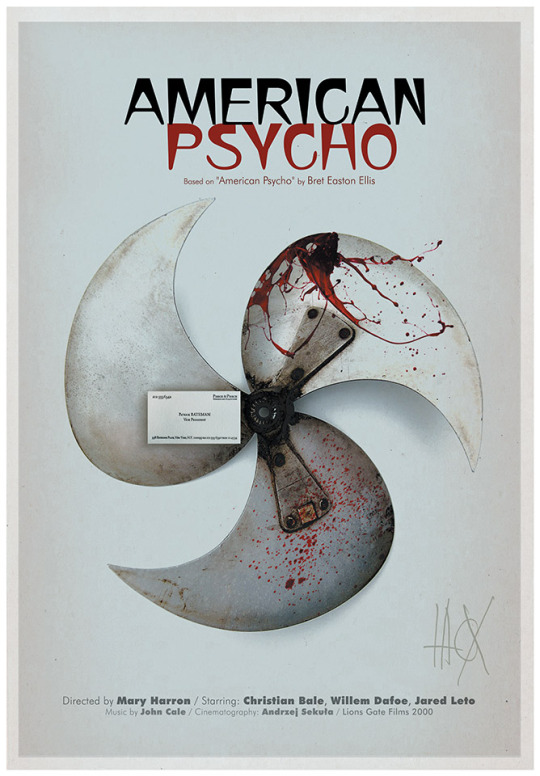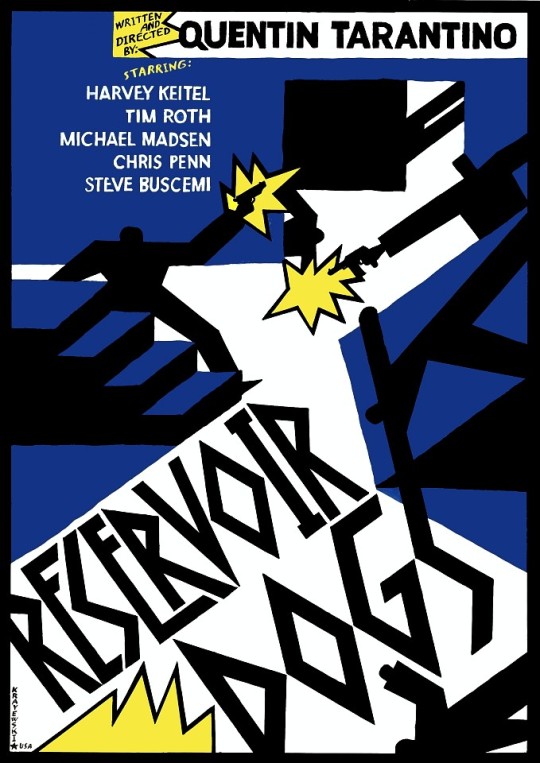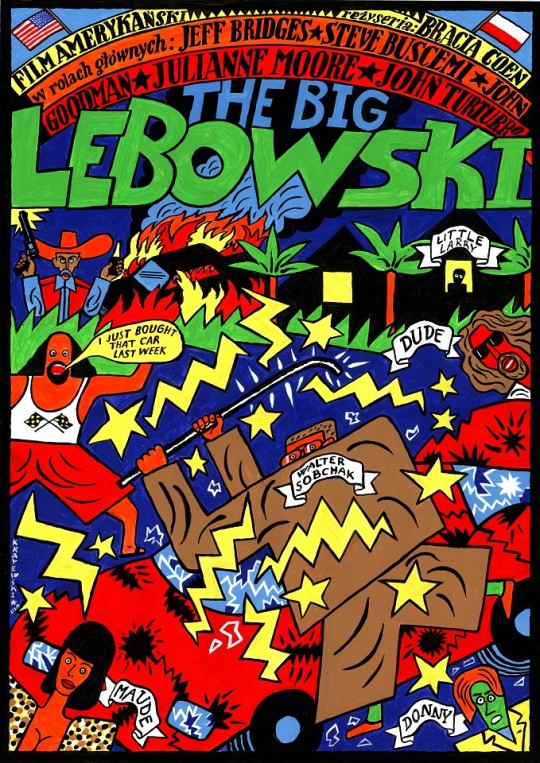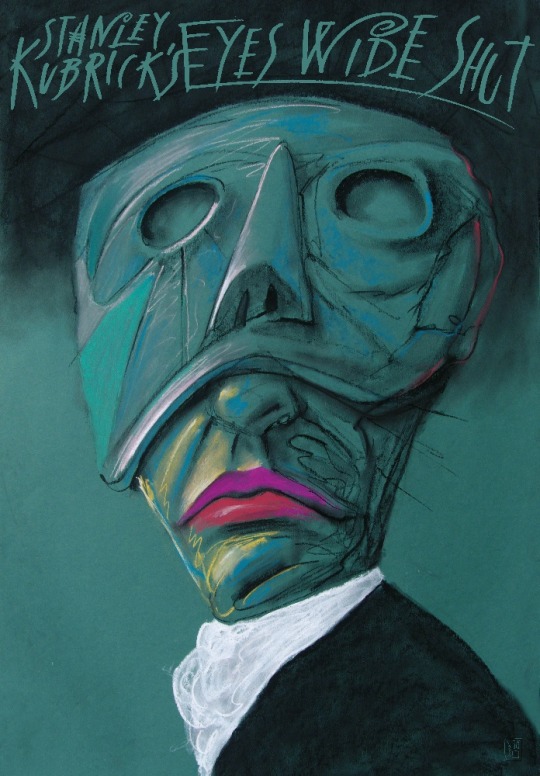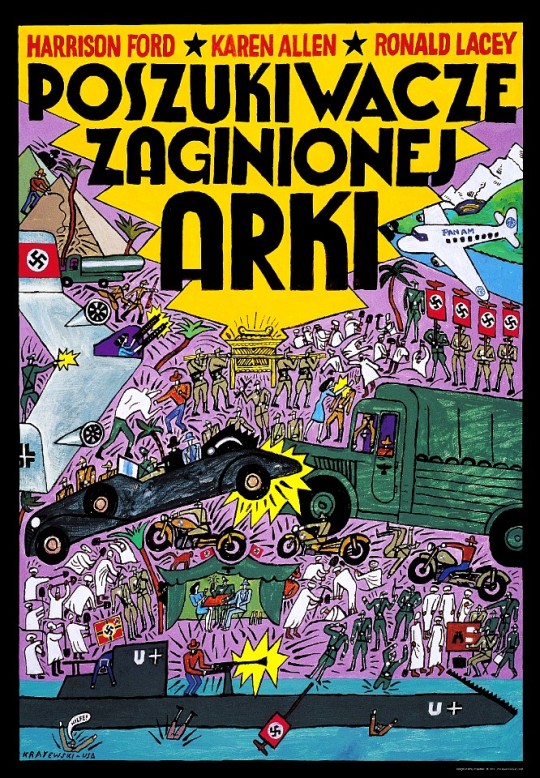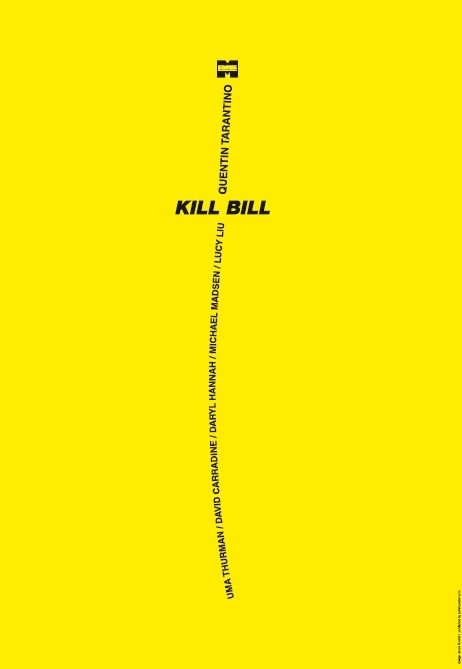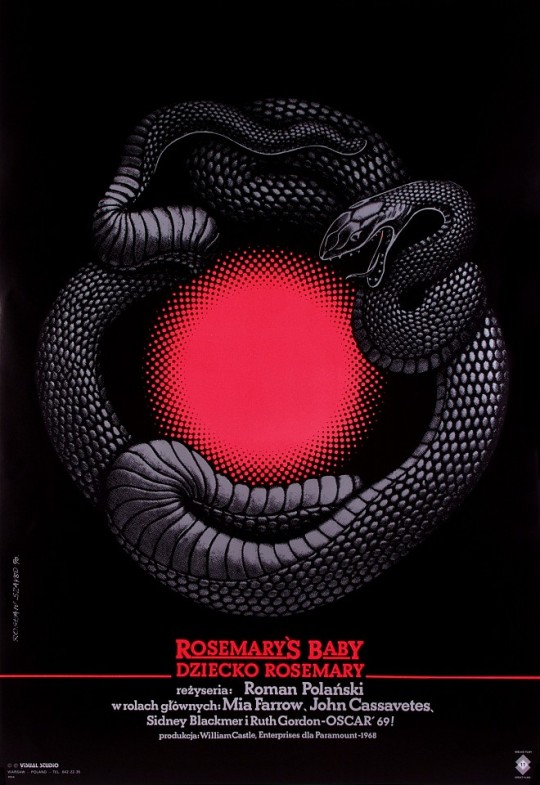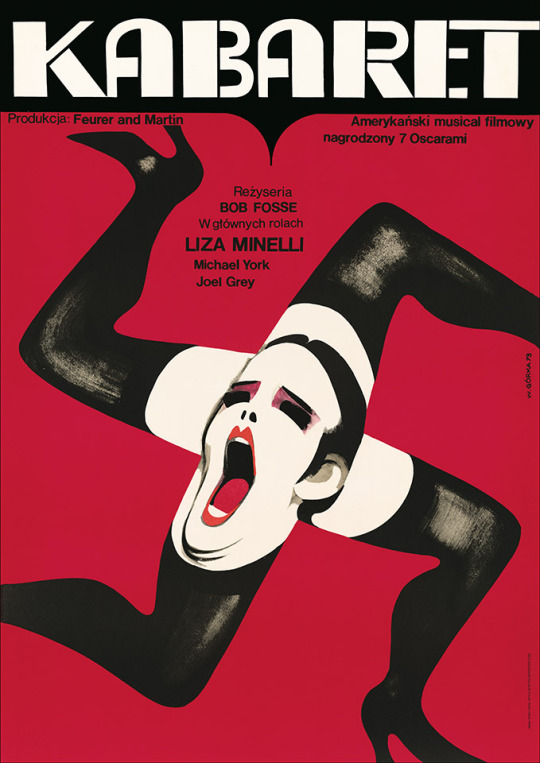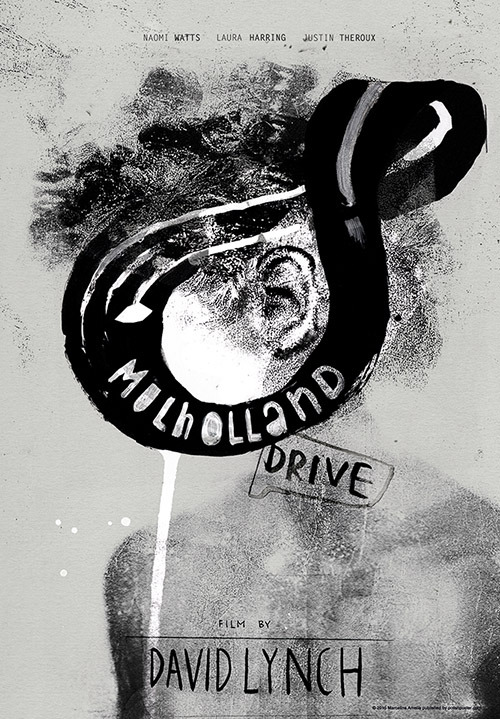they/them --- chinese --- transexual --- artist --- socialist
Don't wanna be here? Send us removal request.
Text
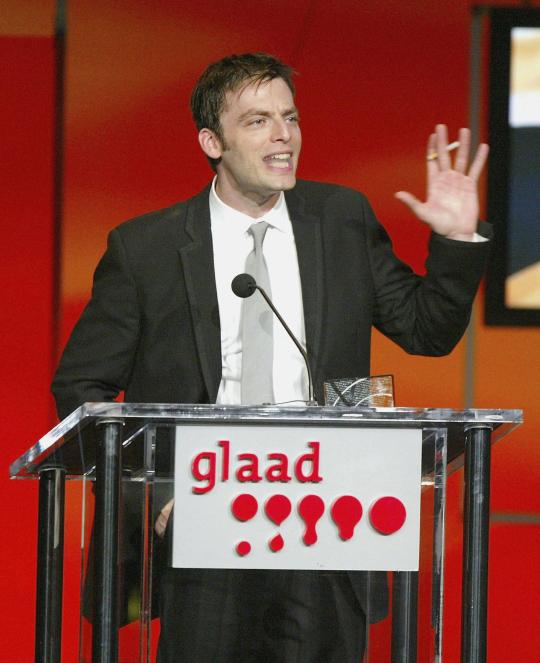
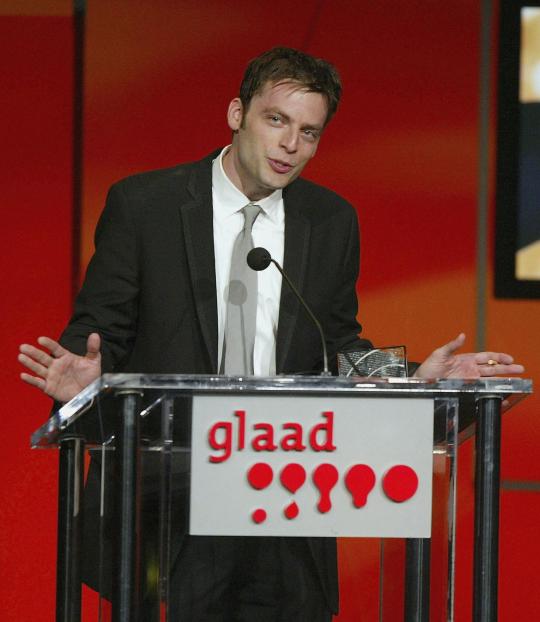
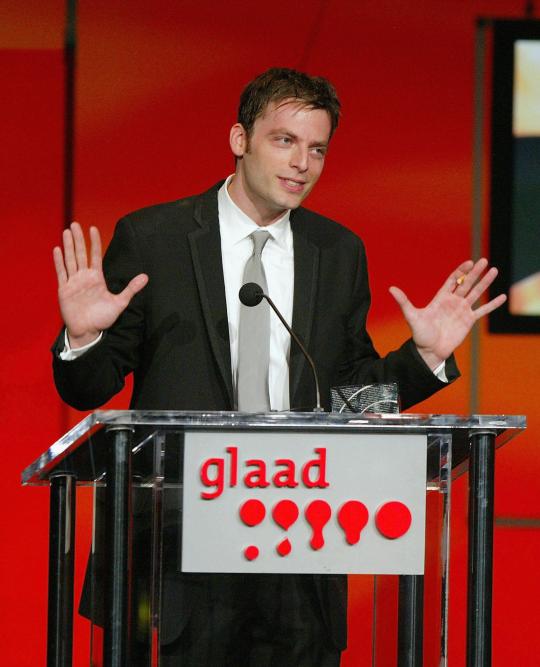
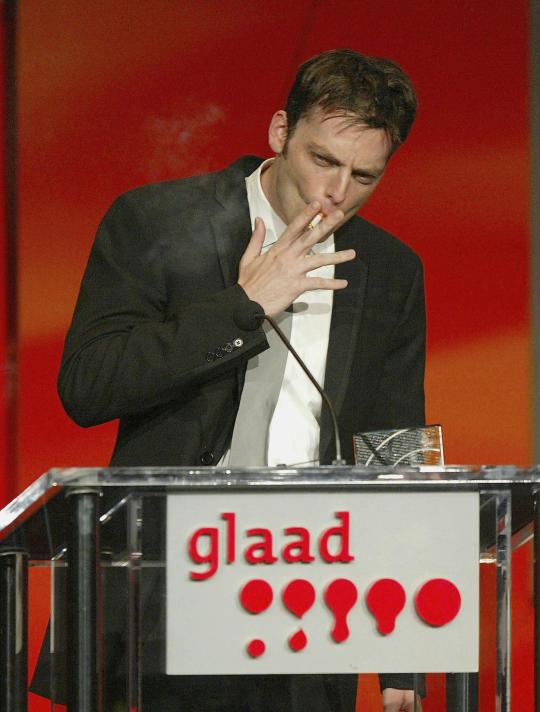
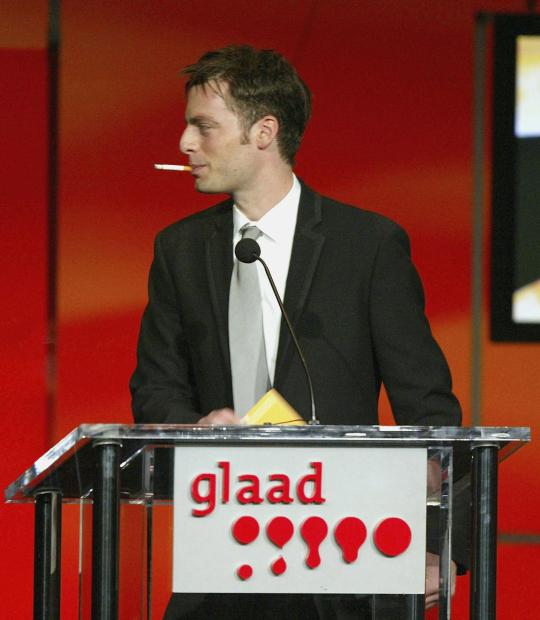

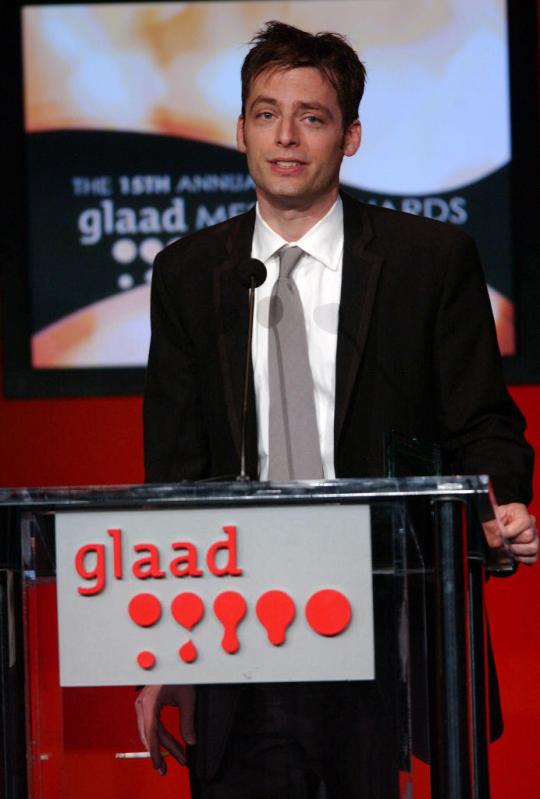
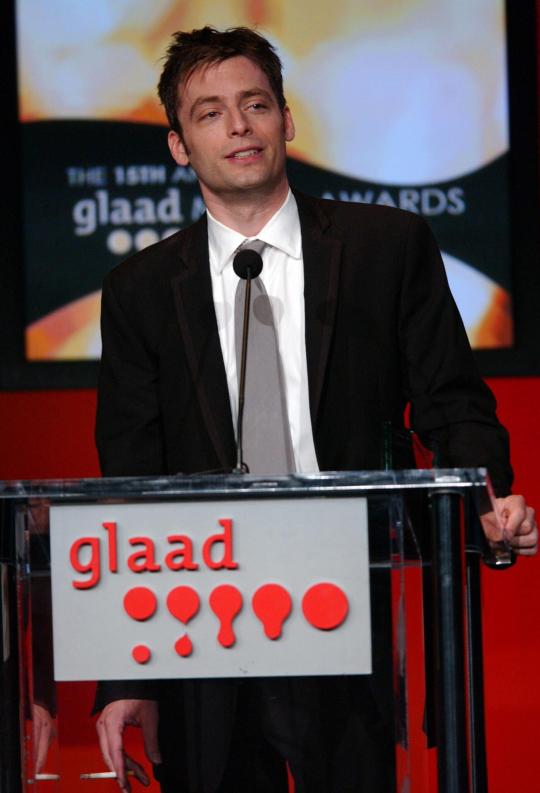
justin kirk goes glaad for angels in america -- 2004
223 notes
·
View notes
Text
these f***** on this website are dumb asf this is wayyyy too close. not even talking about rent, if you think falsettos comes remotely close to angels in america 😭😭🤣🤣🤣🤣🤣
201 notes
·
View notes
Text
WE HAVE REACHED A VERDICT YOUR HONOR THIS MANS HEART IS DEFICIENT HE LOVES BUT HIS LOVE IS WORTH NOTHING!!!!!!!!!!!!!
149 notes
·
View notes
Photo






TAUBIN: It’s a very homoerotic film. […] You have this cocooned, violent all-male society where everyone is jockeying for power. And I think the central relationship of the film is between Vincent Cassel’s character, Kirill, the real son of the mob leader, and Nikolai, the “adopted” son, who Kirill sees as a threat while at the same time being crazy in love with him and unable to admit it. CRONENBERG: I discussed this with Vincent a lot, and he was completely ready to do this. He’s played gay characters before. At first, he was thinking that he would have to approach it that Nikolai is a father figure to him, which he partially is also. But then it morphed as we played it, and became very flirtatious. You can see how the Nikolai character is mercilessly manipulating [Kirill] by using the sexuality to turn him on and off. And that was definitely in the script.
Foreign Affairs: David Cronenberg talks about his strangely intimate new Russian mafia movie Eastern Promises and snuff films on the Internet by Amy Taubin
1K notes
·
View notes
Photo
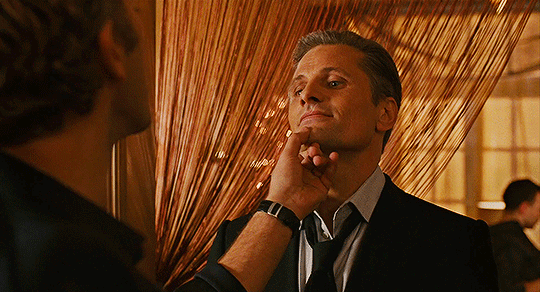
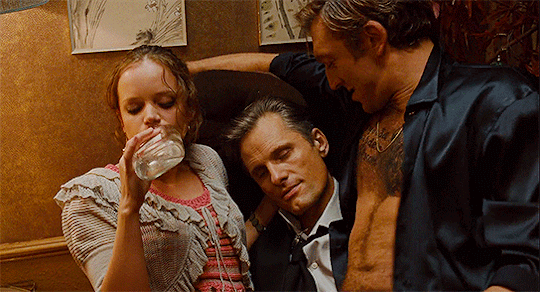
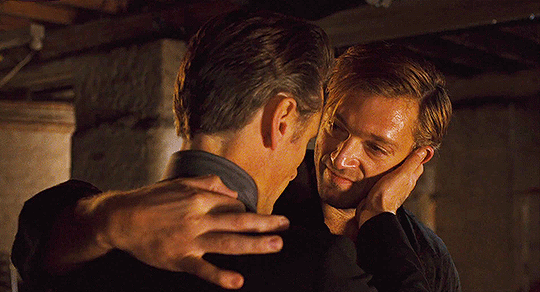

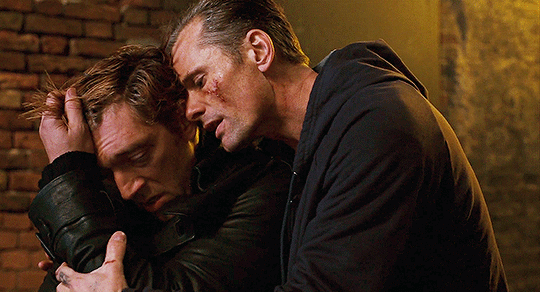
Viggo Mortensen & Vincent Cassel as Nikolai Luzhin and Kirill Semyonovich in Eastern Promises (2007)
3K notes
·
View notes
Text
I need life to be so good to sufjan stevens right now
1K notes
·
View notes
Text
joan baez imitating bob dylan you mean everything to me
2K notes
·
View notes
Text

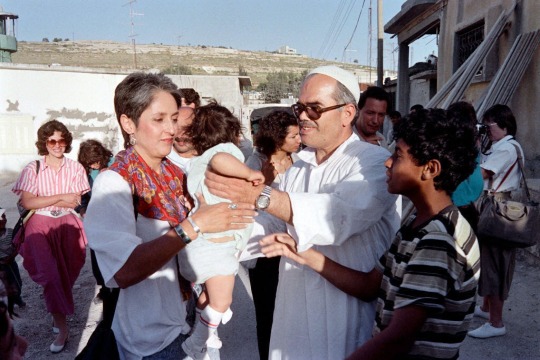

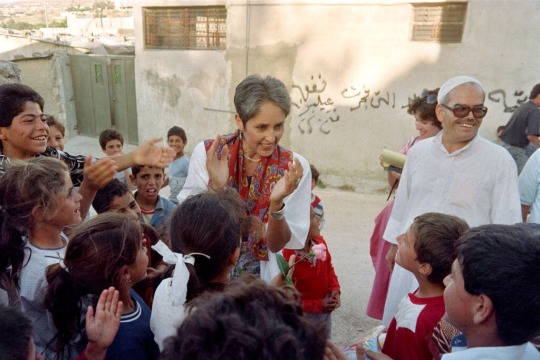
Folk singer and activist Joan Baez greets Palestinian children of Jalazone refugee camp, on May 12, 1988 near Ramallah, during her visit in the West Bank territory.
4K notes
·
View notes
Text
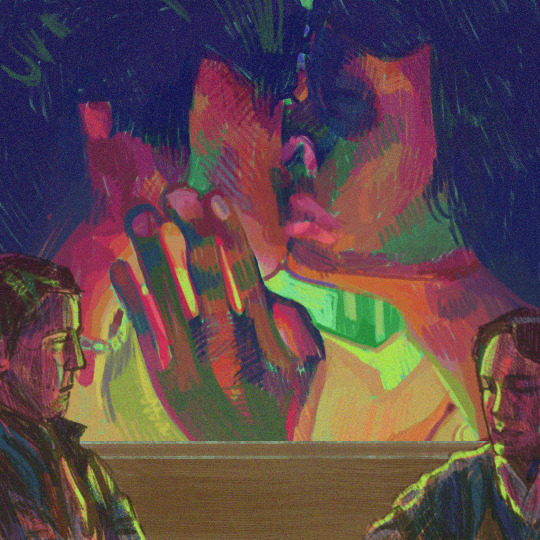
[Image description: A digital painting of Julio and Tenoch from Y Tu Mamá También. Their older selves are sitting across from one another at a table, both faces still and solemn. Tenoch is faced away from Julio. Behind them is a wooden wall, but instead of the window that would be above it, there's a close-up of the pair when they were seventeen. They're kissing intimately. The lighting of this scene also lights the older pair, as if they're lit by a stained glass window. It is an unnatural neon green glow.]
Inktober Day 25: Tempting
Film: Y Tu Mamá También
267 notes
·
View notes
Text
there’s a great write up by someone on here that i will have to search for in which they discuss how the ultimate evil for david lynch is sexual violence against women (even more severe than murder, which is often auxiliary to that type of specific violence); twin peaks is incredibly soapy—on purpose! lynch and frost are playing with form and content on purpose to examine incredibly difficult subject matter through a (for lack of a better word) more palatable format—which most of the time i think works to its advantage and makes those moments of visible horror so much more effective (i use “visible” rather than “true” or other similar adjectives because the horror is always there, it’s embedded in the entire town, shows up in every generation we see in screen and we watch them grapple with it in different ways, but that’s a separate post)
however—and i’ve talked about this before—i find that once you’ve watched fire walk with me it is so much harder to watch the show because the ignorance of nearly every single member of the town (yes, including cooper) pervades the way the action unfolds. twin peaks viewers knew the premise of the show going in and we get to discover details and information alongside the characters. when albert rosenfield comes in as the only voice of reason and reality, it’s set up to be jarring to both the townspeople and to the viewer. why?
sheryl lee said in an interview, “fire walk with me was very difficult for me to watch… and, emotionally it’s a reminder: this is a movie, but this continues to happen every day and how can we stop it? when i watch fire walk with me now, as a mother, i watch it and i think look at all those signs that were being exhibited. this girl was in danger, and look at all these people that were in her life. what would have happened if someone, somewhere, somehow could have helped or stopped it? that’s hard to watch.”
much has been discussed critically about fire walk with me and whether or not it’s exploitative in the ways that it portrays sexual violence against women. while lynch does not shy away from making that violence visible, it is done so in an attempt to make the viewer examine their own relationship to that violence and how it shows up in their own lives. the audience is forced to think about the ways that they are complicit in how and why these violent acts occur and what they can do to stop it, which is why for many it is an uncomfortable watch. for others, it is a painful (and speaking from my own perspective) necessary watch because lynch didn’t make a horror movie, he made a documentary.
fire walk with me is necessary (in my humblest of opinions) to understand why the pieces that lynch and frost put into twin peaks work. there’s so much backstory to how they weren’t originally going to reveal who laura palmer’s killer was until ABC made them, lynch wasn’t around during much of the second season so things got a little off the rails storytelling-wise, etc. etc. but fire walk with me allows them to tie difficult, often horrifying threads (ben horne unknowingly attempting to have sex with his daughter, the townspeople’s distancing of albert, the hands of random townspeople trembling as BOB attempts to claw back into the material world, the list goes on and on) back to the central thesis of “sexual violence is the ultimate evil, it is completely avoidable, and you have a responsibility to recognize the signs and stop being complicit”
3K notes
·
View notes







